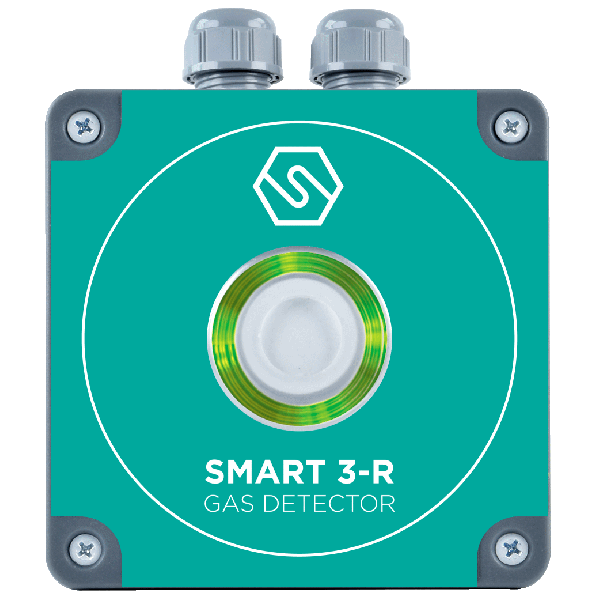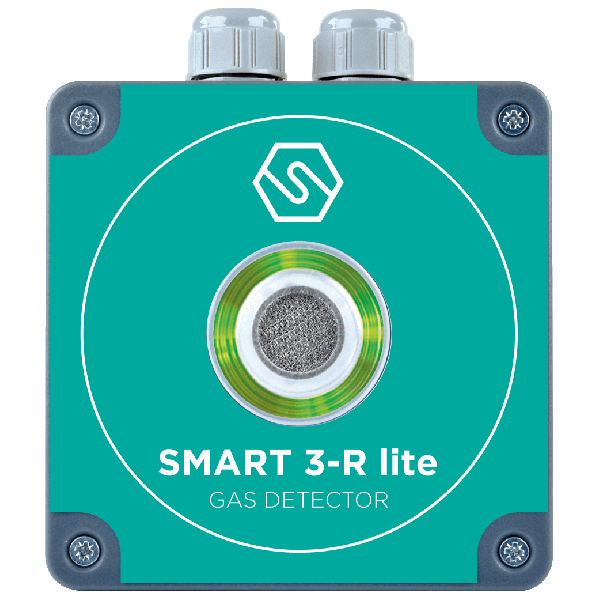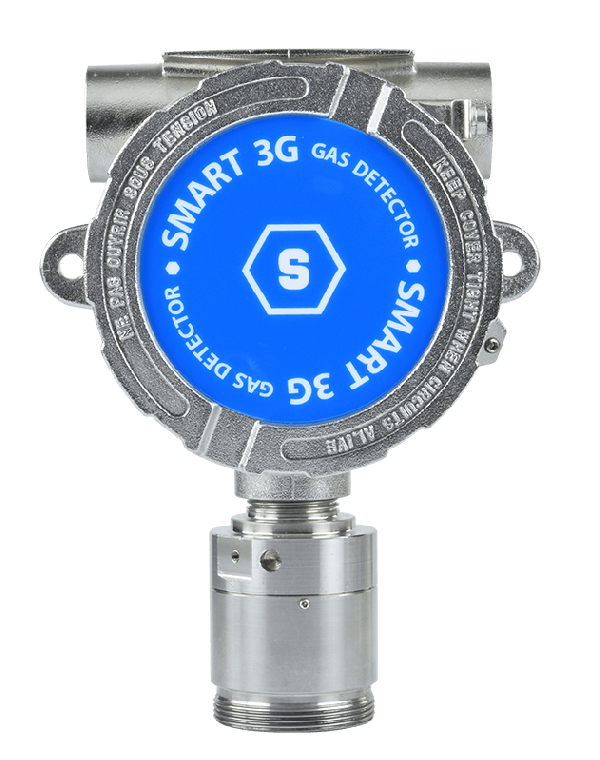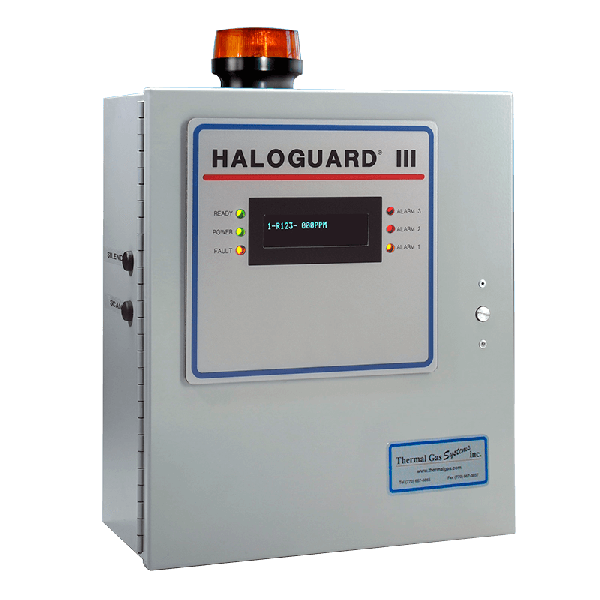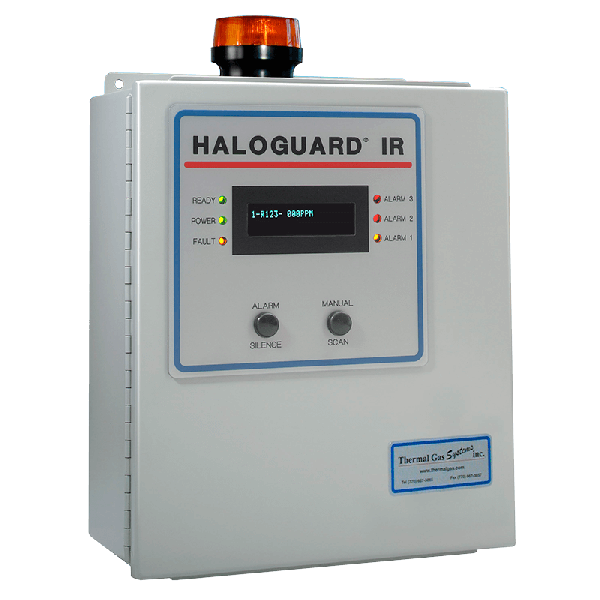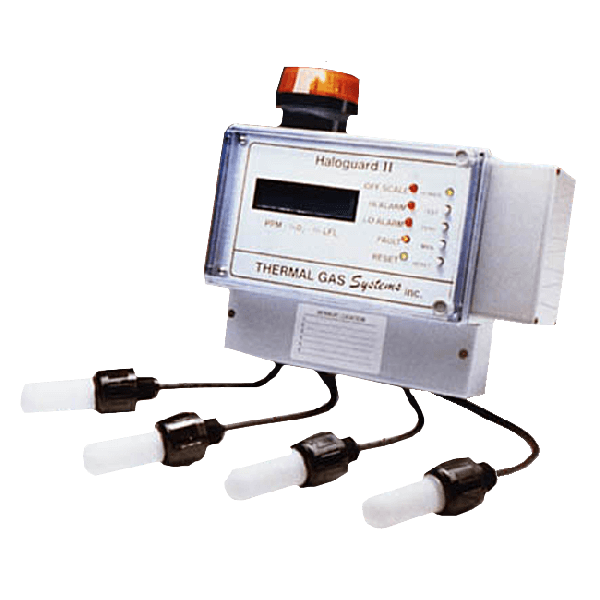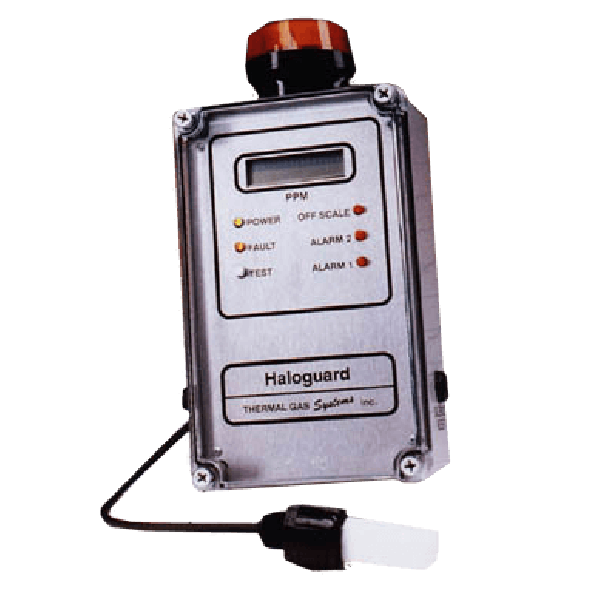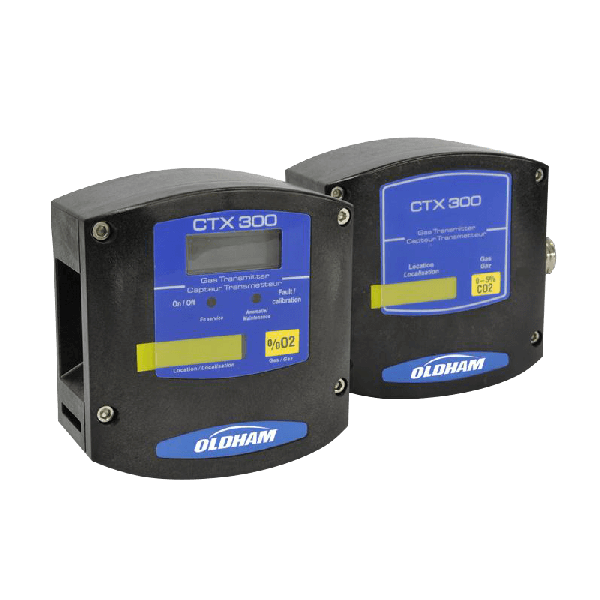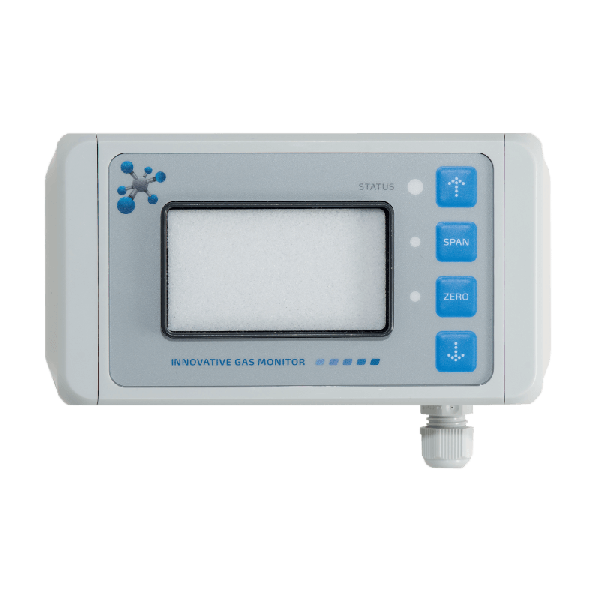Refrigerant Gas Detection
Refrigerants are a collection of gases that are commonly used in anything that keeps things cool including in air conditioners, freezers, fridges and even car air conditioners.
Traditional refrigerants include chlorofluorocarbons (CFCs) and hydrochlorofluorocarbons (HCFCs) however these are now being phased out due to their ozone depleting effects and have been replaced by ozone friendly gases such as R134a, R407 and R410a.
Even at low levels, prolonged exposure to these toxic gases due to leakage can still result in serious health issues when exposed. These include nausea, headaches and even asphyxiation at high levels.
Early identification of leaks not only plays a vital role from a health perspective, it can also help to maintain operational efficiency, reduce energy costs, and prevent significant loss of refrigerant.
Australian Regulations for Refrigerant Gas Leak Detection
The Department of Agriculture, Water, and the Environment in Australia is responsible for regulating the use of refrigerant gases under the Ozone Protection and Synthetic Greenhouse Gas Management Act 1989. This act has been put in place to reduce the emission of ozone-depleting substances and synthetic greenhouse gases, including refrigerant gases. Industries are required to monitor and report their usage of refrigerant gases and take measures to prevent and detect leaks.
The Australian and New Zealand Standard for refrigerating systems and heat pumps - Safety and environmental requirements is known as AS/NZS 5149:2016. It is an updated version of the original AS CB3-1933 standard in Australia and encompasses various aspects concerning the safe and efficient operation of refrigeration systems and heat pumps.
This standard includes revised requirements for the safe handling and use of refrigerants, covering topics such as classification, construction, installation, operation, and maintenance of refrigeration systems and equipment. It also addresses environmental concerns regarding the prevention of ozone depletion and climate change, including the reduction of greenhouse gas emissions from refrigerants.
Identify Refrigerant Gases at Low Levels
Designed to pinpoint refrigerant gas leaks at low levels early on, Air-Met’s range of refrigerant gas detectors are engineered with the latest technology, designed to be highly accurate and are sourced from leading local and international suppliers such as SmartGas and Haloguard. Refrigerant gas detection systems are also serviceable by Air-Met Scientifics team of experienced on-site service technicians.
To learn more about our range, contact our expert and experienced team at any of our six locations across Australia today.


